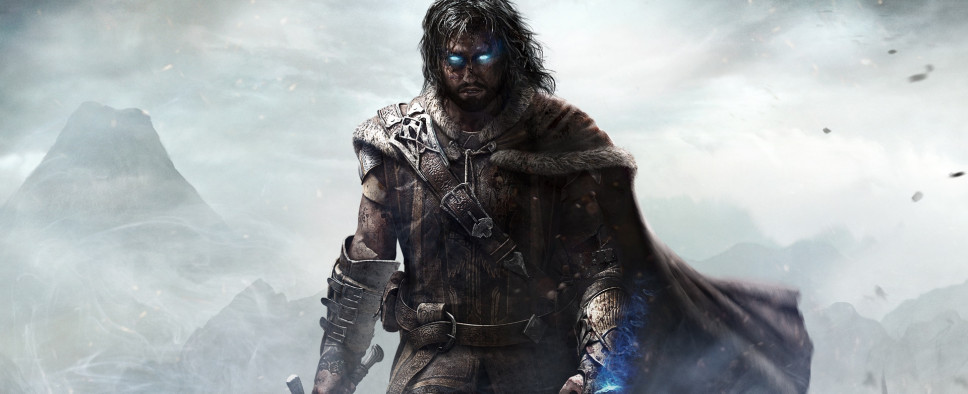Deathfire's Psycho Engine Was to be Like Shadow of Mordor's Nemesis System
-
Category: News ArchiveHits: 1995

In a post on his personal blog, Guido Henkel, designer on the Realms of Arkania series and producer on Planescape: Torment (if you happen to own the original box of the title you'll have seen his make-up-covered face on the box art), explained that the Nemesis system of Middle-Earth: Shadow of Mordor realizes many of the goals he had for the Psycho Engine system of Deathfire: Ruins of Nethermore, his second attempt at using Kickstarter to fund an RPG, which ultimately ended in failure.
Henkel argues the Psycho Engine system would have had a more far-reaching impact on the gameplay experience than Middle-Earth: Shadow of Mordor's Nemesis system too, and wonders how this innovation will be further developed in the future by other developers:
Our system was designed to create player and non-player entities/characters that showed behavior along certain personality lines, independently of what the player is doing. By doing so, these characters would not only have appeared visually unique in the game, because their appearance could be tailored to their stats in real-time, but they would also follow individual goals, determined by the Psycho Engine upon tracking and subsequently analyzing the state of the game and the world.
If you compare this to the Nemesis Feature, you will see that it is a carbon copy of what is happening in the game (Shadow of Mordor.) Depending on certain randomly determined parameters, the game creates unique orcs that follow a visual appearance and naming guided by the parameters. Once they make an appearance in the game, they will follow certain goals, such as improving their rank within the orc army or to get involved in one of the many spill-over plots and quests the game offers for that purpose. In addition, these orcs have personalities, based on the parameters, giving them a certain set of dialogue lines and behavioral patterns to match their personalities and goals that make them distinctive and seemingly unique within limits.
In a nutshell, it is exactly what the Psycho Engine outlined.
The Nemesis Feature also tracks events such as the survival of an orc. If he's been involved in many battles during the game, like the player, he will level up and become stronger, making sure the same orc will match the player's progress and always remain challenging when encountered. Once again, this is a feature we had outlined in the Psycho Engine. In fact, the Psycho Engine went even further, giving these entities the knowledge when they were inferior, so that they would be able to respond to it by either abandoning their goals, or by pursuing them even more aggressively.
...
It will be interesting for me to see how future games will evolve this technology and make even better use of it. The capabilities of a system like the Psycho Engine, or the Nemesis Feature for that matter, are endless and are only limited by the granularity of the information a game keeps track of and, perhaps, its ability to spend processing time on the proper analysis of the data. In (Deathfire) the concept was to go pretty deep. Because the game wasn't nearly as graphics-intensive as AAA-titles, there would have been headroom to dig pretty deep into the system and make use of the Psycho Engine with insane levels of depth. Imagine the possibilities in a real role-playing game, as opposed to what you are glimpsing in an action-oriented game like (Shadow of Mordor) and you will get a sense for what (Deathfire) would have been capable of.
I'm certainly interested to see how other developers will take their idea further, though I'll be (pleasantly) surprised if it happens to influence and change videogame storytelling and gameplay in a profound way.

